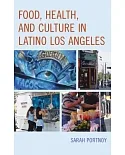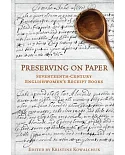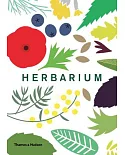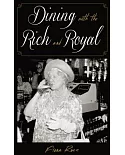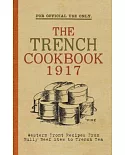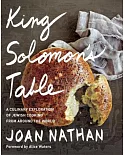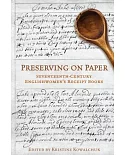The first Thanksgiving was observed on American soil in 1621, "after the harvest was gotten in." It was celebrated by the surviving members of the little Plymouth colony who at that time
numbered only 51 and 90 Indians, who were unexpected, but welcome guests. The menu consisted of such things as clams, eels, and mussels from the sea, venison and duck from the surrounding
forests, leeks and plums and plenty of corn bread from the ovens of the homemakers. There was no pumpkin pie or mince pie at this time.Not until the year 1636 was there a Thanksgiving Day as we
have come to know it now. Church services were then held in the morning. A feast in every home that could afford one, "with the poorer sort being invited of the richer" followed this. As time
passed, Thanksgiving, celebrated on the first Thursday in November, became a much more important traditional holiday and annual social event in New England life. Pumpkin pie was the most
popular item added to festivities to go along with the wild turkey, venison, fruits and vegetables of the Puritan's first harvest feast. It was later moved to the second Thursday in November in
1705 because of a problem encountered in Colchester, Connecticut. It seems that the town's supply of molasses had not arrived in time for the local homemakers to make their Thanksgiving pumpkin
pies. Another new table delicacy was introduced at the Thanksgiving festivities in 1779. The unusual food was celery. A young woman living in Massachusetts in writing a letter about the feast
had this to say: " . there was one (vegetable) which I do not believe you have yet seen. It is called selery and you can eat it without cooking."The popular Thanksgiving tradition quickly
spread throughout the colonies. On October 3, 1789, George Washington as President of the new United States, issued a NATIONAL DAY OF THANKSGIVING PROCLAMATION making Thanksgiving an official
holiday to be held all over the country. It wasn't until January 1, 1795, that President Washington officially issued another NATIONAL THANKSGIVING PROCLAMATION. It began thusly: "It is in an
especial manner our duty as a people, with devout reverence and affectionate gratitude, to acknowledge our many and great obligations to Almighty God, and to implore Him to continue and confirm
the blessings we experienced." He further recommended "all religious societies and denominations, and to all persons whomsoever within the United States, to set apart and observe" this special
holiday as "a day of public thanksgiving and prayer."Despite this action by the President, annual Thanksgiving festivities were still observed almost exclusively throughout New England for many
years. The tradition gradually spread to the new southern and western states over a period of time.In 1798 and 1799, John Adams was to call for two Thanksgiving observances during his four year
term of office as President. Jefferson, Monroe, Jackson, Van Buren, Polk, Pierce and Buchanan - all Presidents who followed - ignored the national significance of Thanksgiving Day.Then came
Abraham Lincoln. In 1863, a year when our country was in the throes of a bloodyCivil War, this man was to come forth with one of the most famous of all Thanksgiving proclamations. He officially
made the standard date to celebrate as the last Thursday in November "as a day of Thanksgiving and Praise to our beneficent Father who dwelleth in the heavens . It has seemed to me fit and
proper that God should be solemnly, reverently and gratefully acknowledged, as with one heart and one voice, by the whole American people."





